5 Tips for Better Mowing with Dr. Dan Undersander and Massey Ferguson
Hay quality will never be better than at the moment of cutting. The choices hay producers make during the mowing process have an important impact on final quality at feeding time. Massey Ferguson connected with Dr. Dan Undersander, retired professor and forage specialist with the University of Wisconsin, during a “Hay Talk” episode to discuss this nuanced topic. Dr. Undersander has extensive experience with legume and grass type hays, with over 45 years in the forage industry and experience across 58 countries. Here is his expert advice for five common mowing questions.
What’s best stage for cutting alfalfa?
In alfalfa, Undersander said, “it’s important to recognize in term of days of growth in a cycle, that the longer alfalfa is out in the field, the more stems you have and the lower the overall quality becomes.” Mowing decisions are a tradeoff between yield and quality.
For dairy operations, he recommends harvesting at bud stage with a 28-day cutting schedule depending on variety. It’s worth noting that harvesting at this stage sacrifices 20% of yield potential. To minimize yield losses, those with heifers or other cattle categories can let alfalfa reach 25% bloom before mowing. This will only lower yield by 5% while maintaining quality for the animals.
What’s the best time of day to mow?
Time of day will depend on geography. “The key thing is to cut early enough that the forage will dry down to 60% moisture by nightfall,” Undersander said. 60% moisture is the magic number because that is when respiration shuts down. Depending on crop and location, this might mean mowing in the morning or later in the day. For Undersander’s Wisconsin-based team, morning mowing proved to be the best across 19 different field trials. For those in western parts of the country, afternoon seems to provide optimal dry down to reach 60%.
There is a caveat. With alfalfa or grass hays, Undersander said, “Recognize that if you make a wide swath instead of a windrow, you can cut later in the day in all cases.”
What is the importance of cutting height?
From several standpoints, cutting height is crucial. Grasses tend to store energy for regrowth in the lower parts of the stem. Therefore, it’s important to cut grass at four inches, except for ryegrass or bermuda. For mixed grass/alfalfa stands, cutting at two inches will result in grass die out over a couple years.
Alfalfa can be cut lower since it regrows from shoots. Still, three inches is the recommended cutting height to minimize dirt and external ash accumulation.
Which is better for drying – wind or sun?
According to Undersander, “Solar is the single biggest factor.” He recommends exposing forage to as much sunlight as possible to maximize dry-down rates. This is why wider windrows are important, and why tedding is an important part of the haying process in some regions. Density is the second most important factor. Air needs to be able to travel through, so that forage not exposed to the sun can also dry more quickly. Wind, humidity and temperature have a relatively minor impact on drying rate.
What is the ideal swath width?
“We’ve done a lot of work on this, and so have people in New York and a few other places,” said Undersander. Data from across field studies agrees that spreading hay out into the widest swath possible provides the fastest drying. For Undersander’s Wisconsin team, spreading forage out to 70-80% of the cut area saved a day of drying compared to putting it into a windrow.
He recommends opening the deflectors on the back of the mower or removing them altogether. In this way, producers are exposing more of the hay to sunlight, sometimes up to 100% of the crop compared to just 30% on the outside of a windrow. Additionally, the stoma, or holes in the leaves and stem, remains open when forage is left in the sunshine, allowing more moisture to escape.
For more of Undersander’s insights, including his thoughts on disc mowers vs. single mowers, the importance of sharp knives and other tips to make the most of mowing, listen to the full Hay Talk episode.
Massey Ferguson offers a full line of straightforward, dependable tools for every step of the having process. Connect with your local Massey Ferguson dealer for the products that deliver the highest quality hay in the industry.
Bonus – Why is it called a windrow?
“First off, a windrow is not just for hay,” Undersander said. “Some of you may remember the old gravel roads that we had, and you had a grader come down the road and move gravel from one side to the other in a ridge. That was called a windrow. Similarly, now as we look at snow where we have cities that plow the snow and leave it down the middle to be picked up later by equipment, that’s a windrow of snow. In all cases, windrow means a row that can be affected by the wind. That’s where the term came from.”

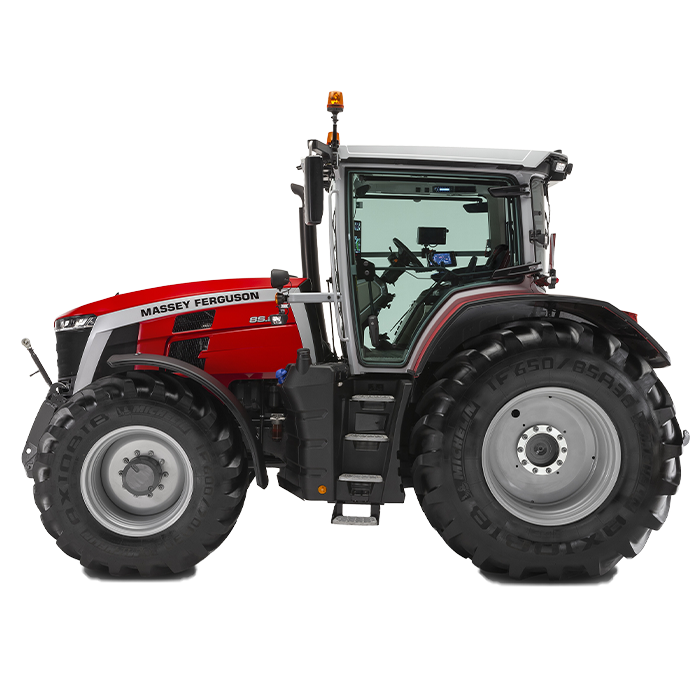
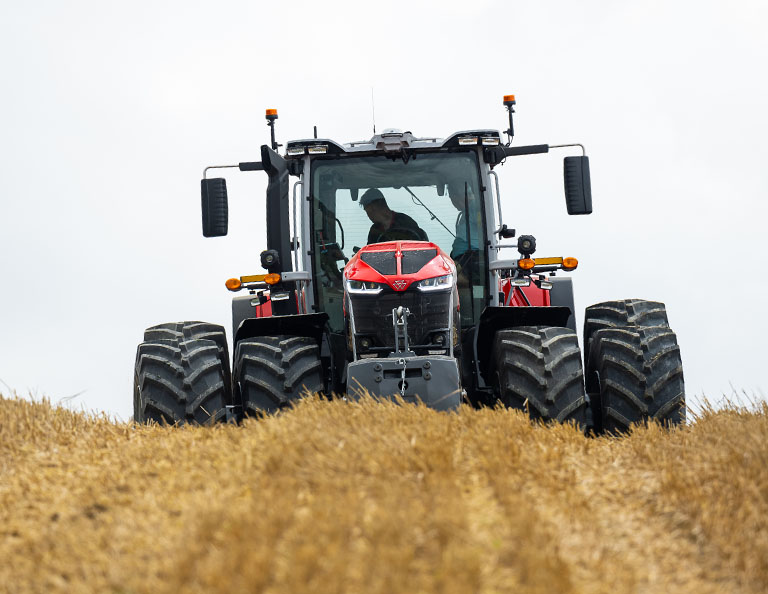

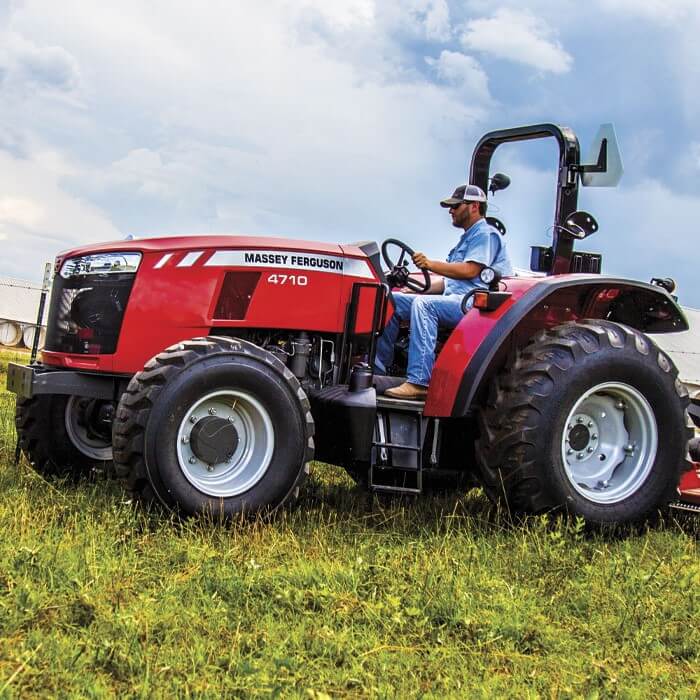


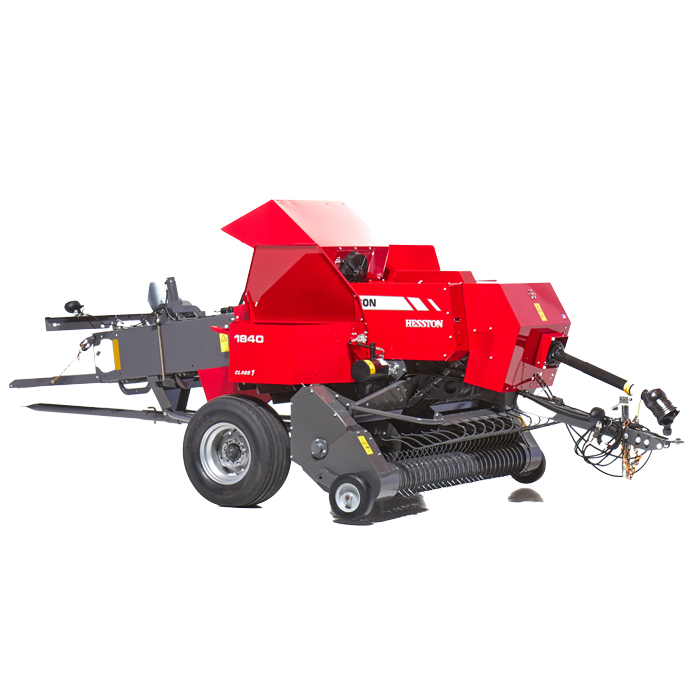
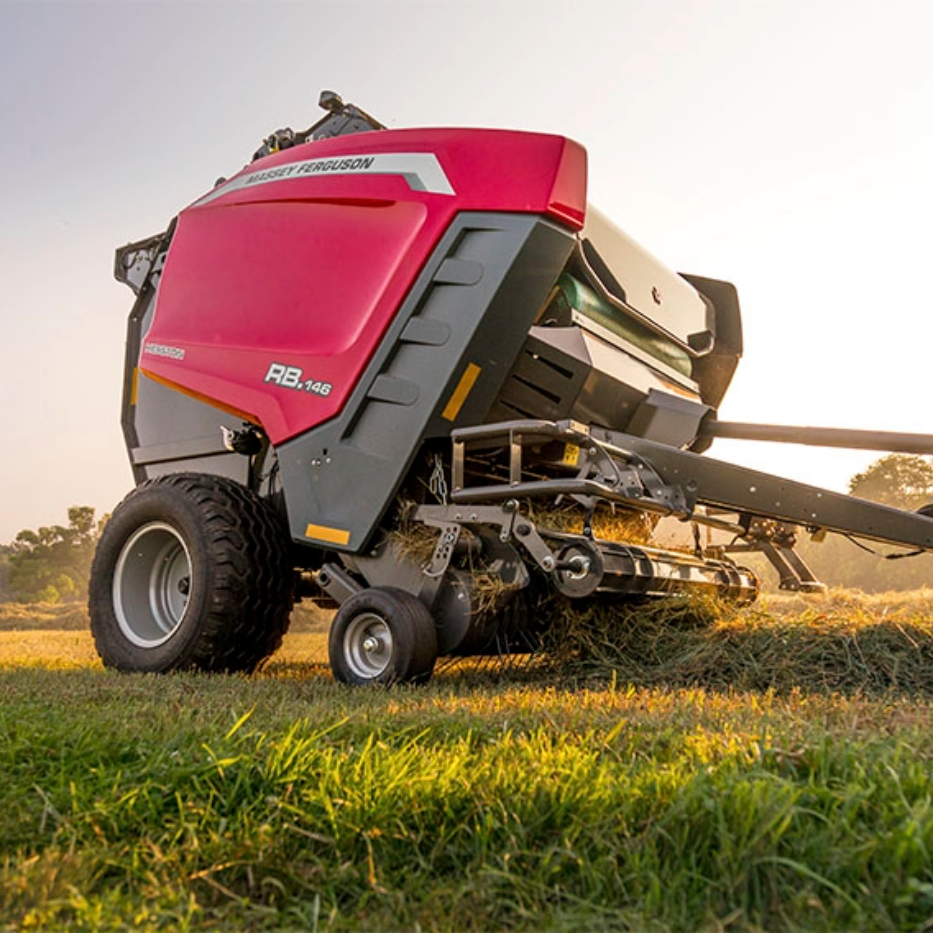
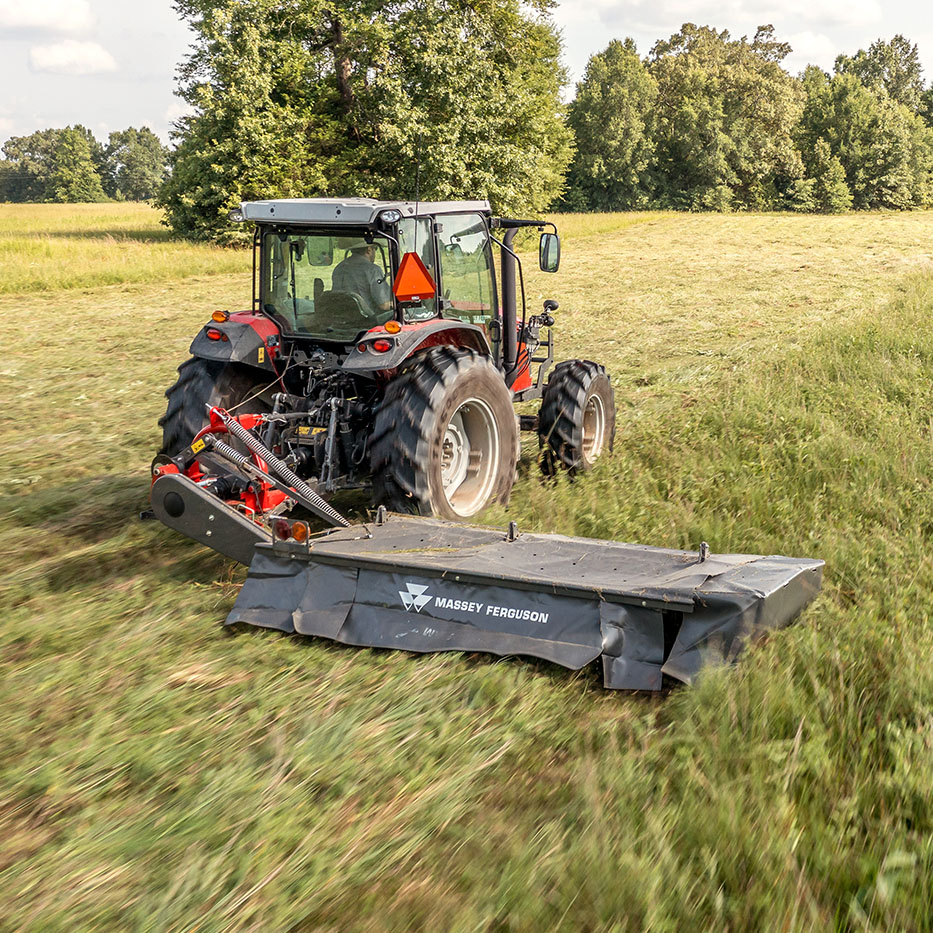
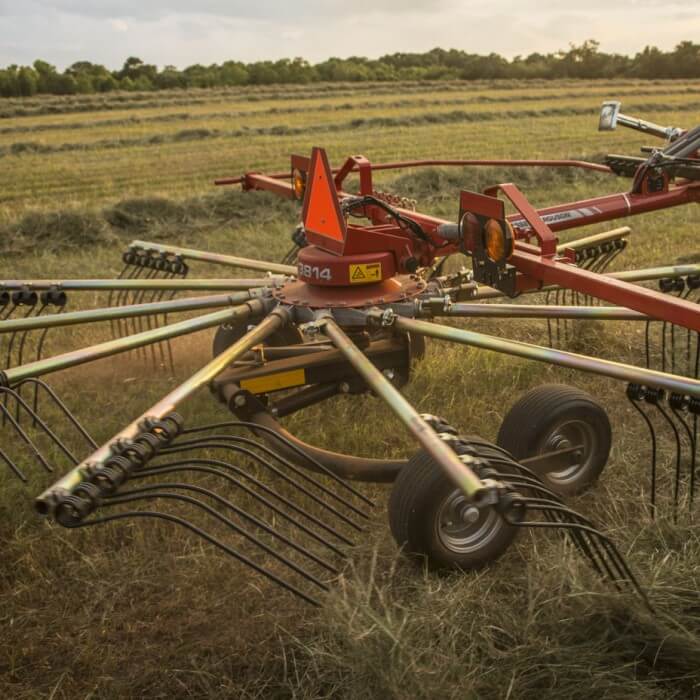
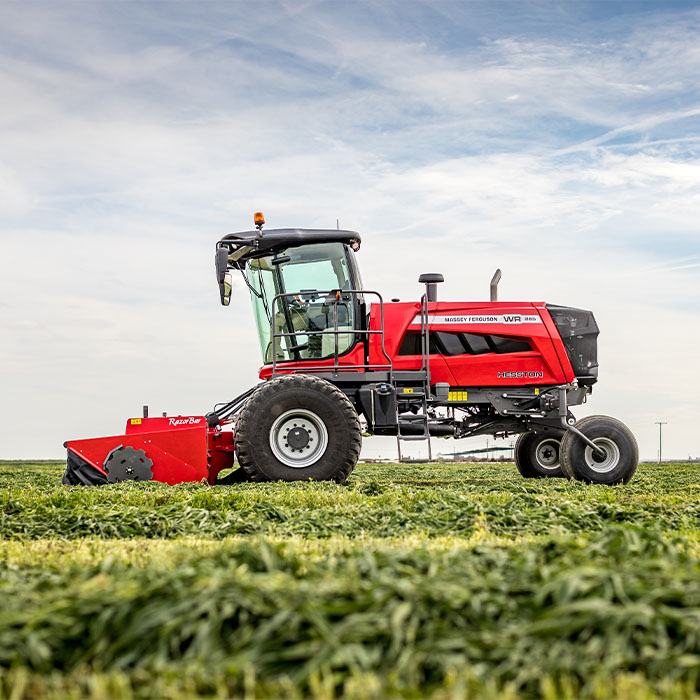
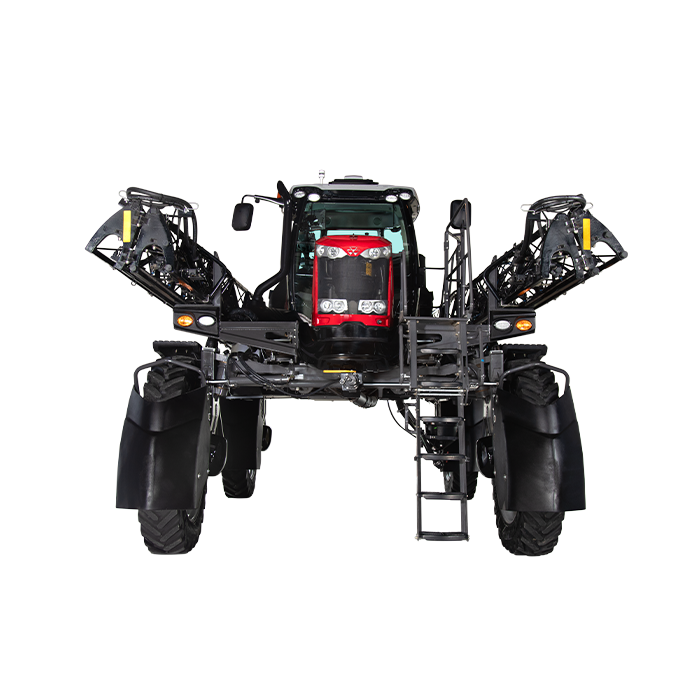

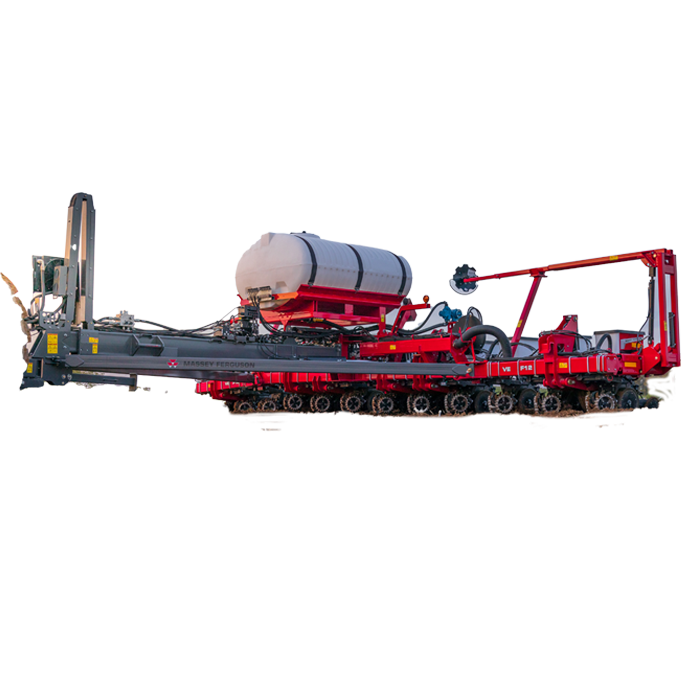
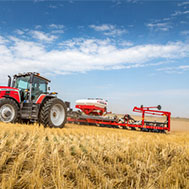
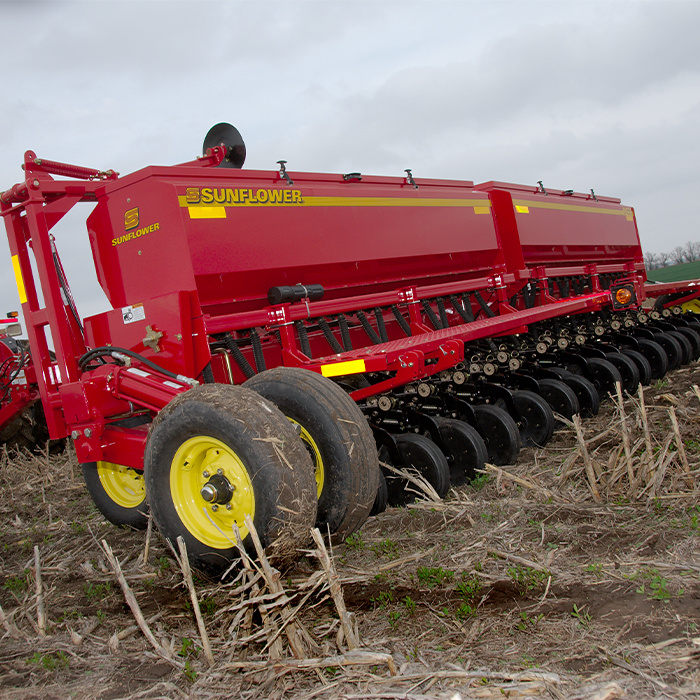
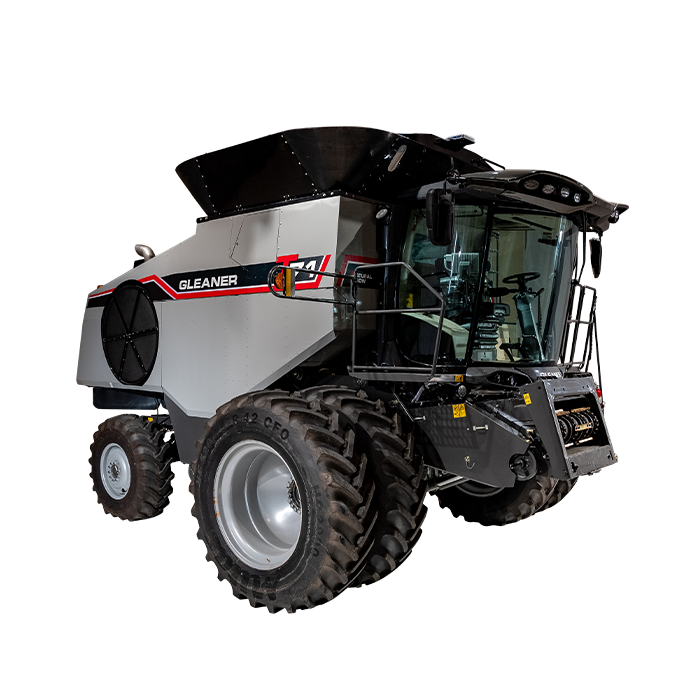

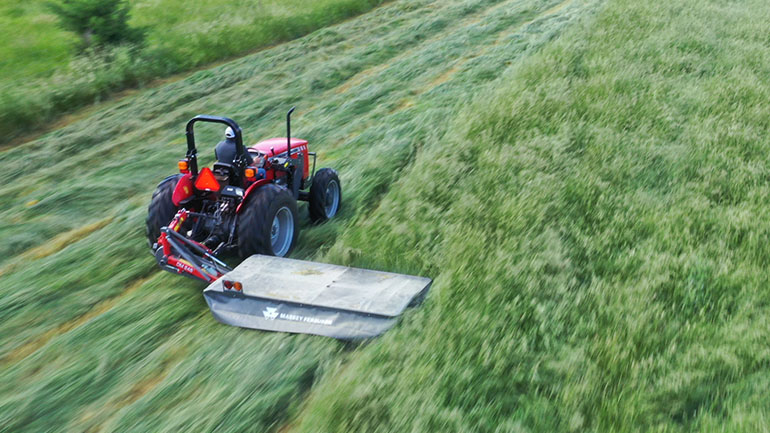
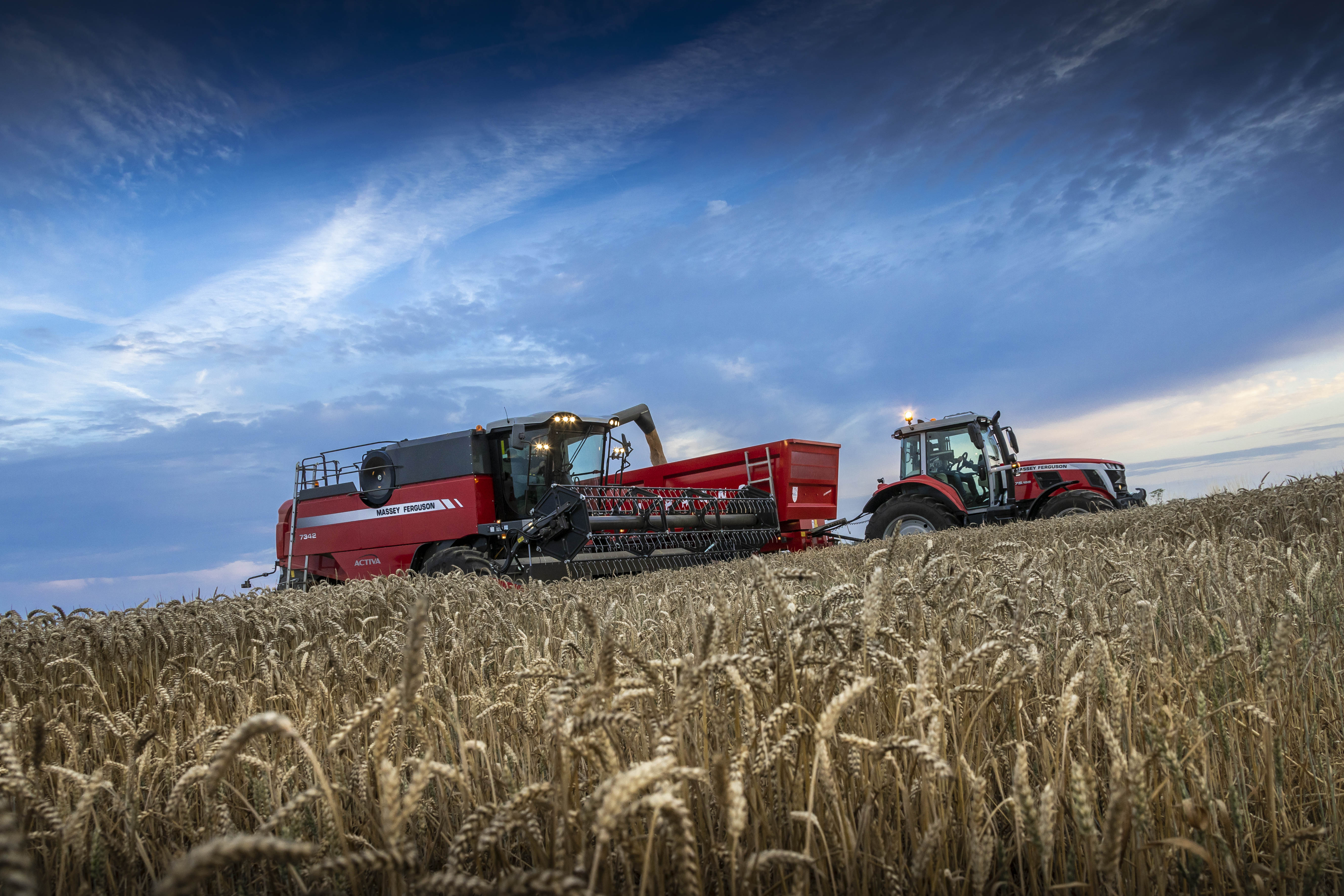
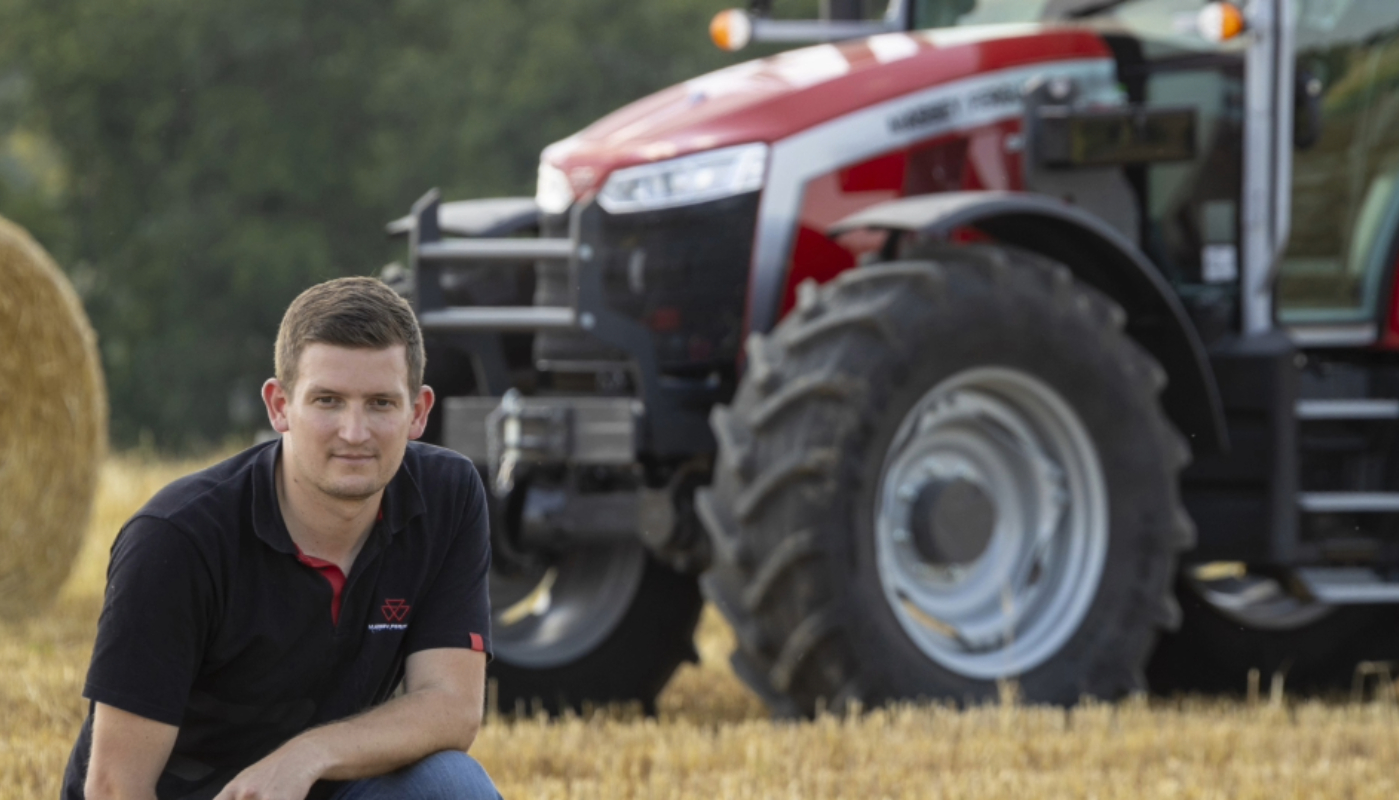
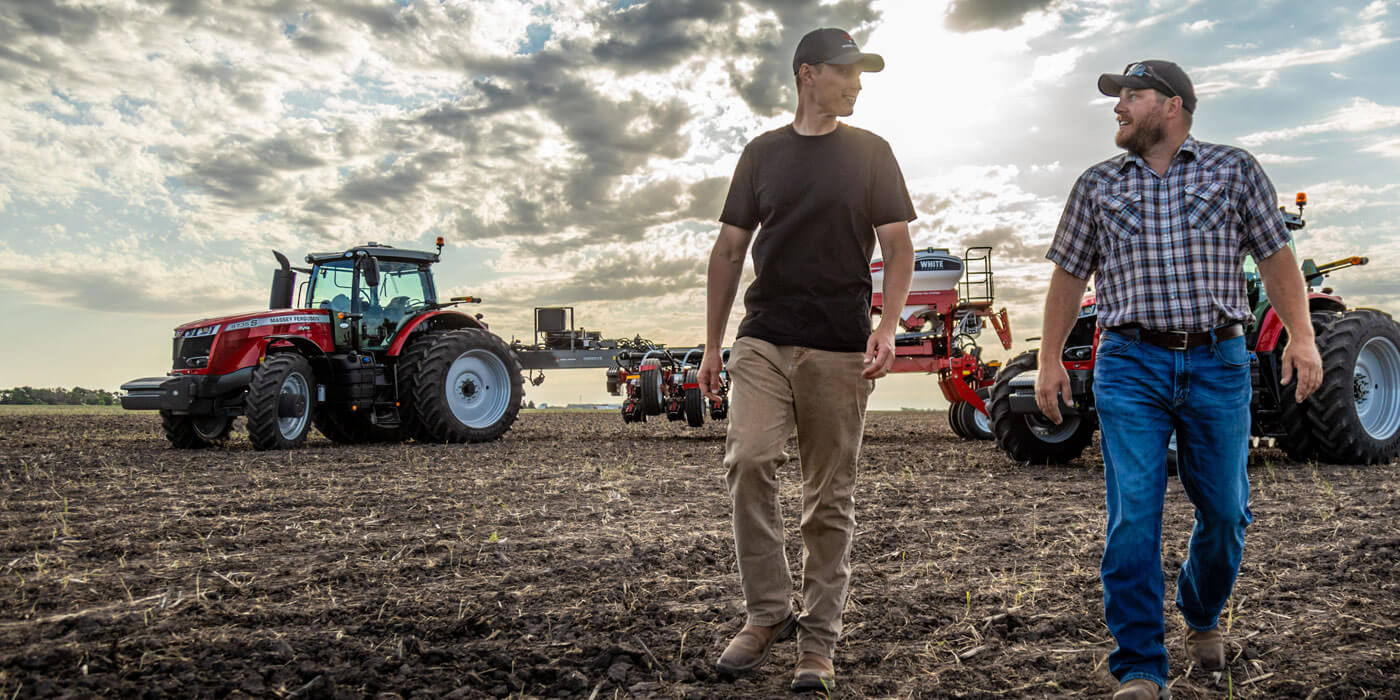
Share